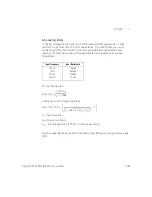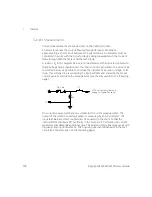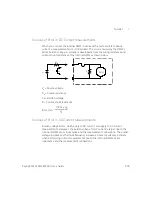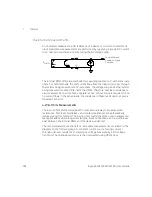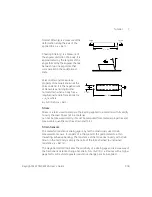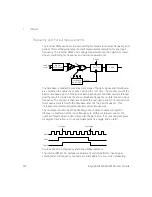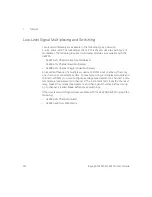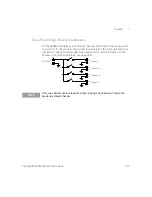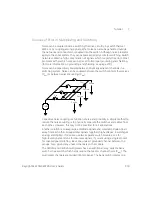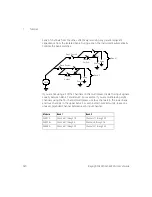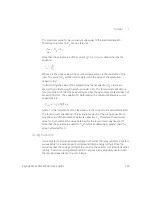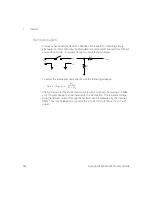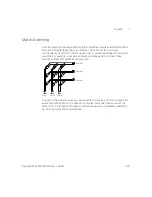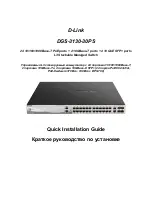
7
Tutorial
312
Keysight 34970A/34972A User’s Guide
Frequency and Period Measurements
The internal DMM uses a reciprocal counting technique to measure frequency and
period. This method generates constant measurement resolution for any input
frequency. The internal DMM’s AC voltage measurement section performs input
signal conditioning for frequency and period measurements.
The timebase is divided to provide a gate signal. The gate signal and input signal
are combined to enable the counter. During the “on” time, the counter counts the
6 MHz timebase signal. At the end of each gate period, the total count is latched
and the result is divided by the known timebase frequency to determine the input
frequency. The counter is then reset before the next gate period. The resolution of
the measurement is tied to the timebase, and not the input frequency. This
increases measurement speed especially at low frequencies.
The reciprocal counter has the advantage of a constant number of digits of
display, no matter what the input frequency is. With a reciprocal counter, the
number of digits of resolution scales with the gate time. If a 1-second gate gives
six digits of resolution, a 0.1-second gate gives five digits, and so forth.
Sources of Error in Frequency and Period Measurements
The internal DMM’s AC voltage measurement section performs input signal
conditioning. All frequency counters are susceptible to errors when measuring
Timebase
and Divider
Analog
Input
Signal
Conditioning
F/F
Counter
Reset
Latch
6 MHz
.01s .1s 1s
1st Edge
Last Edge
Input
Gate
Count


